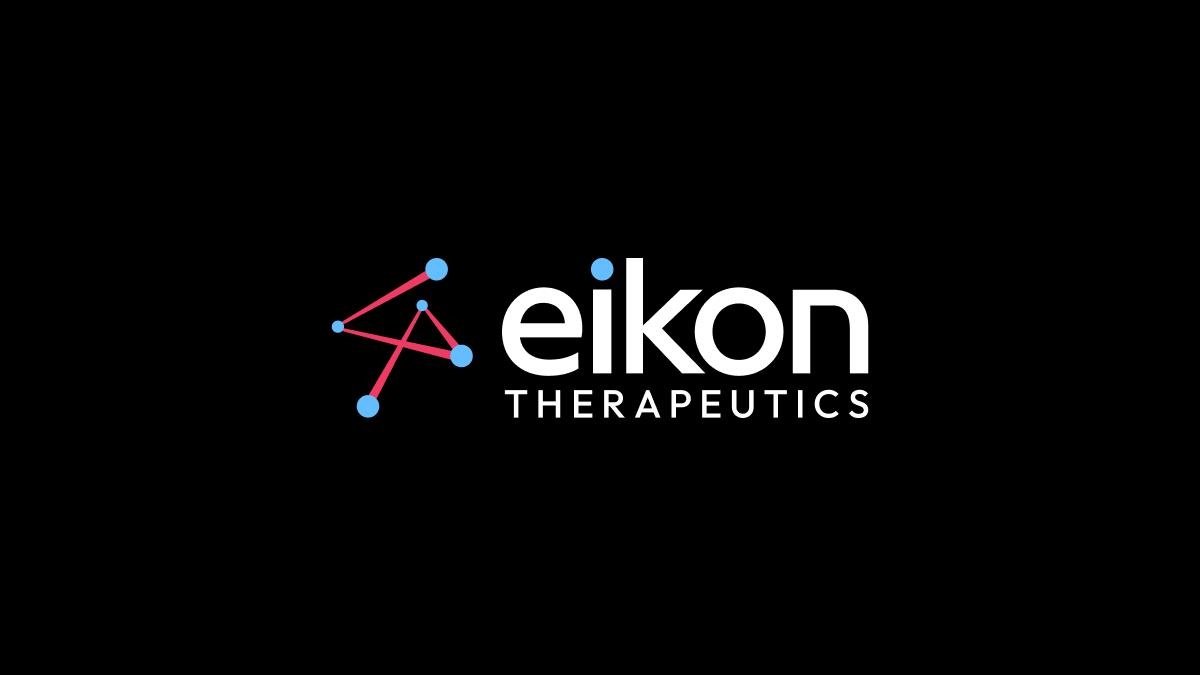Driving growth with connected health

Connected health stands at the intersection of healthcare and technology, where innovation is reshaping patient care. It encompasses a range of digital solutions, including telemedicine platforms, wearable technologies, and clinical decision-support systems. As consumer demand for connected health solutions is expanding rapidly, this discipline has emerged as a transformative force within the healthcare sector, driving significant growth opportunities.
Our recent research revealed that 63% of life sciences organisations already have connected health products on the market or in development. Biopharma companies, in particular, have witnessed a sixfold increase in connected health offerings since 2021. By 2028, these solutions are expected to contribute 22% of total industry revenue.
As the adoption of digital technologies accelerates, biopharma companies will need to resolve some key challenges around data and skills to be able to make the most of this opportunity. By establishing a clear vision and a consistent strategy for connected health adoption, these organisations will be able to drive innovation where it’s most needed and build new services and products that enable them to stay ahead of the competition.
The opportunities
Biopharma companies are investing in various connected health technologies, including remote patient monitoring apps that use data from wearables and sensors to collect real-time health data. Through connected apps that provide targeted doses, therapies, and medication reminders, industry players will be able to improve efficiency and deliver more patient-centric products and services.
These technological capabilities are being used by almost two-thirds of biopharma organisations (62%) to prioritise innovation in preventive care, fitness, and wellness. This is also reflected in the use of connected health products for therapeutic treatment. Solutions focusing on diabetes, obesity, infectious diseases, and mental health saw the highest increase in investment in the past three years.
However, one of the biggest areas of growth is the use of artificial intelligence (AI). According to our data, almost half of biopharma organisations (46%) leverage technologies such as AI and machine learning to analyse data from their connected health solutions. And the integration of generative AI technologies holds immense promise, enhancing patient support, personalised care, and operational efficiency. Understanding AI’s potential and integrating it effectively are critical success factors in realising the potential of connected health to create more patient-focused products and services and accelerate scientific discovery and innovation.
Developing a robust data strategy
To be able to make the most of these opportunities, biopharma companies will need to address some key challenges around data, skills shortages, and increased regulatory pressures.
Life sciences is one of the most highly regulated industries, but only 46% of industry players feel prepared for regulatory compliance; 49% for data protection regulations; and 55% for regulations related to quality control measures. While regulation is seen as a significant challenge by many organisations, getting compliance right presents a huge opportunity for ensuring sustainable innovation, improved security, and a long-term competitive advantage.
This, coupled with the fact that connected health generates vast amounts of data, from patient records to wearables, means biopharma companies must invest in robust data management infrastructure. This includes secure storage, data analytics, encryption, and access controls that can help safeguard patient privacy and ensure compliance with industry regulations.
Developing a robust data strategy and governance framework is critical for successful connected health implementation. Clear ownership, accountability, and risk management are essential components of effective governance. As part of this, organisations must align their digital initiatives with business goals, ensuring that investments drive growth and enhance patient outcomes. To achieve this, biopharma companies must allocate resources strategically, balancing short-term financial constraints with long-term growth objectives.
Integrating connected health activity with your business operations
More than half of biopharma and MedTech organisations lack the data capabilities essential to building a connected health portfolio. Many biopharma companies have dozens of individual connected health offerings in development, at different levels of completion. And quite often these efforts are conducted in isolation, making it harder to share knowledge and optimise costs and resources. To help streamline connected health innovation, businesses need to develop a strategic portfolio united by an underlying business goal.
This would require integrating connected health solutions into existing systems through careful planning. One key area that can help maximise the success of connected health initiatives is the clever use of data to assess the long-term business potential of new offers. To do this, biopharma organisations must assess the compatibility, scalability, and interoperability of their data solutions. Scalability, in particular, is crucial as connected health adoption grows. Cloud-based platforms and edge computing enable efficient data storage and retrieval, while providing more flexibility to accommodate for changing business needs. By incorporating their connected health capabilities into broader business activities, biopharma companies can ensure their new solutions will be able to successfully launch and thrive on the market.
And finally, none of this will be possible without skilled talent and expert advice to help advance digital initiatives across the business. To be able to capitalise on the connected health opportunity, the biopharma industry must tackle the ongoing skills shortages. Our data revealed that only 19% of life science organisations have access to virtual reality (VR) or AI skills and a similar proportion (20%) have the needed AI skills to advance innovation in this space. To address these shortages, organisations must implement clear plans for upskilling their existing workforce, diversifying their hiring strategies, and building long-term partnership programmes with leading industry players to help build a healthy pipeline of skilled talent.
The future of health is connected
Connected health isn’t merely a trend: it’s the future of healthcare. Developing a connected health offering requires strategic integration of multiple complex solutions and processes, so getting this right is a key determinant for success. Trusted partners that have strong expertise in this area can manage the integration of internal and external offerings, technologies, and strategies, so that biopharma companies can focus on the core value of their innovations.
As the industry evolves, collaboration, adaptability, and a patient-centric approach to product development and innovation will be key to driving growth and continuous innovation.
The industry players that embrace connected health innovation will thrive and stand out in the competitive landscape. By addressing the challenges and embracing best practices, these organisations will be able to drive growth, enhance patient care, and shape the future of healthcare.












